X
wikiHow is a “wiki,” similar to Wikipedia, which means that many of our articles are co-written by multiple authors. To create this article, volunteer authors worked to edit and improve it over time.
There are 14 references cited in this article, which can be found at the bottom of the page.
This article has been viewed 8,081 times.
Learn more...
Seed cycling is a natural, healthy way to help balance your hormones as a woman. Seed cycling is done by switching between pumpkin seeds, flax seeds and sunflower and sesame seeds to help boost hormones. Whether you want to regulate your period, experience less pain during your monthly, or both, give this a try![1]
Ingredients
- 1 cup raw pumpkin seeds (per month)
- 1 cup raw flax seed (per month)
- 1 cup raw sesame seed (per month)
- 1 cup raw sunflower seed (per month)
Steps
-
1Learn how seed cycling works before you start! Eating pumpkin seed and flax seed increases estrogen levels during the first 14 days. These seeds contain lignans, a type of fiber, which helps metabolize the estrogen to a healthy level. In the next 14 days, sunflower seeds and sesame seeds boost progesterone. Progesterone is the hormone that helps relieve PMS symptoms such as mood swings and bloating. Eating the specific seeds together help your body to regulate these hormones that may be unbalanced.[2]
-
2Determine if you want to follow the lunar calendar to help you get your period on track. This is particularly helpful if you irregularly get your period. Back before there was electricity and artificial light, women would very often have their period on the new moon and ovulate on the full moon when it was brightest out. The length from one full moon to the next is 28 days, which also happens to be the "average" length of a regular period cycle. To follow the lunar calendar, follow the sub-steps listed.[7]Advertisement
-
3Purchase the following raw seeds: Pumpkin, flax, sunflower, and sesame. Make sure they are not roasted or cooked in any way. Organic is always recommended. When you roast the seeds, they loose a lot of their nutrients, which defeats the purpose of eating them in this case. You can grind the seeds yourself by using a coffee grinder or a food processor. You'll use about 1 cup of each seed a month.[8]
-
4Store the seeds correctly. Place them in a tightly sealed container in the fridge or freezer. This helps to keep the nutrients in the seed and prevents oxidation.
-
5Grind the seeds the day you eat them or up to one week in advance. You don't want to grind them too early in advance as this may spoil the seeds. Whatever seed powder you do grind up and don't eat, place in an air tight container and put it in the freezer.[9]
-
6Eat 1 tablespoon each of pumpkin seeds and ground flax seed during your follicular phase. This is the first day you get your period and the following 2 weeks. The flax seed must be ground, otherwise your body cannot digest it. You may choose to eat the pumpkin seeds whole.[10]
- If you are following the lunar calendar, you will want to start eating the pumpkin and flax seed on the new moon. The new moon is the day you will want your period to start.[11]
-
7Eat 1 tablespoon each of sunflower seeds and ground sesame seeds during your luteal phase which starts on day 15 typically. This is the second half of your menstrual cycle, starting the day you ovulate. You can eat the sunflower seeds whole, but make sure you grind the sesame seeds. Continue to eat these seeds until day 1 of your period.[12]
- If you are following the lunar calendar, you will start to eat the sunflower and sesame seeds on the full moon, the day you should typically start ovulating. It's okay if ovulation doesn't start on this day since your body is still trying to regulate your hormones. For the same reasons, it's also okay if you don't get your period on the 29th day (the day of the next full moon).[13]
-
8Repeat and don't give up. When you get your period, switch back to the pumpkin and flax. If you're irregular and following the lunar calendar, you may end up switching back to these two seeds before you have your period. That's okay! Your body is still learning. It may take up to 4 months until your body is able to fully regulate itself through these natural means. Many people experience the effects of the seeds in the first month when they get their period as it alleviates period cramps.
-
9Get creative in eating the seeds. Eating raw seeds on their own can be bland and not very appetizing. You can put the ground seeds in yogurt, smoothies, sprinkle them on salads, or add them to no-bake granola/energy bar recipes.[14]
-
10Log your results. Don't forget to check the calendar on when to switch seeds. Mark down when you've ovulated. This is when your discharge is egg-white and very watery. You can use specific period-tracking apps or simply use your phone calendar. It's up to you. Find what works best!
Advertisement
Warnings
- During the first month, your body may overcompensate for the added hormones. This could mean more acne and/or discharge during ovulation.⧼thumbs_response⧽
- Avoid eating sesame and sunflower seeds when you are eating pumpkin and flax seed, and vice versa.⧼thumbs_response⧽
- Do not eat the seeds if they have gone rancid. Throw them out and purchase fresh seeds. Storing them in the freezer will prevent them from going bad quickly.⧼thumbs_response⧽
- Grind the sesame seeds and flax seeds no more than a week in advance to prevent it from going rancid.⧼thumbs_response⧽
Advertisement
References
- ↑ https://static1.squarespace.com/static/60f49258476ec73ef22e8369/t/61eeed91855c5b5e95502bfd/1643048338813/Seed+cyclingJan22.pdf
- ↑ https://nunm.edu/2019/02/seed-cycling/
- ↑ https://www.ncbi.nlm.nih.gov/pmc/articles/PMC3746528/
- ↑ https://www.ncbi.nlm.nih.gov/pmc/articles/PMC2989356/
- ↑ https://www.hsph.harvard.edu/nutritionsource/vitamin-e/
- ↑ https://pubmed.ncbi.nlm.nih.gov/1453229/
- ↑ https://www.stamfordhealth.org/healthflash-blog/integrative-medicine/seed-cycling/
- ↑ https://www.scientificamerican.com/article/does-seed-cycling-help-balance-hormones/
- ↑ https://static1.squarespace.com/static/60f49258476ec73ef22e8369/t/61eeed91855c5b5e95502bfd/1643048338813/Seed+cyclingJan22.pdf
- ↑ https://www.stlukeshealth.org/resources/seed-cycling-and-how-it-works
- ↑ https://www.stamfordhealth.org/healthflash-blog/integrative-medicine/seed-cycling/
- ↑ https://www.youtube.com/watch?v=pcgHK8_i5ao
- ↑ https://www.youtube.com/watch?v=VdQ4NKw5ouc
- ↑ https://uniteforher.org/2022/01/10-everyday-uses-for-seeds-2/
- ↑ https://2d6kz2462g083gy2w3qbjneb-wpengine.netdna-ssl.com/wp-content/uploads/2017/09/Seed_Cycling_Instructions.pdf
- ↑ https://lakesidenaturalmedicine.com/blog/seed-oil-cycling-for-hormone-balance/
About This Article
Advertisement
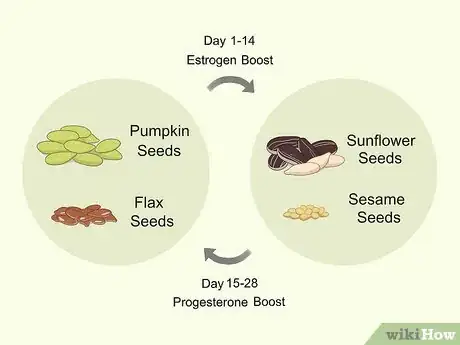
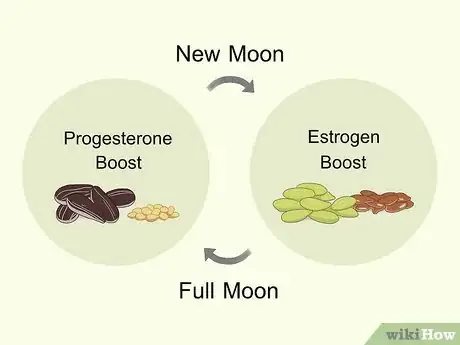
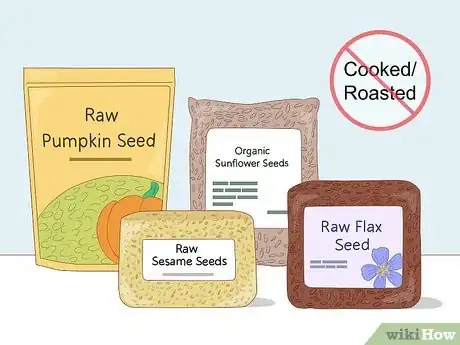
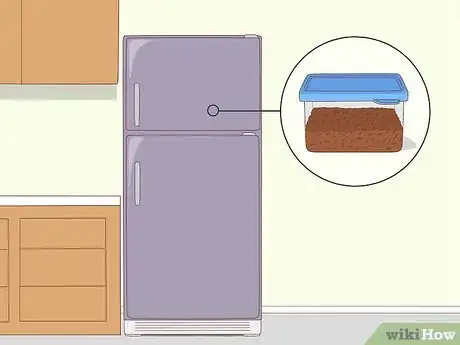
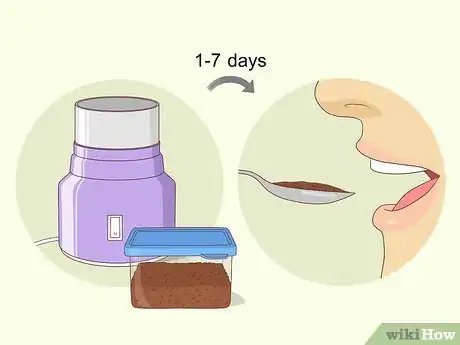
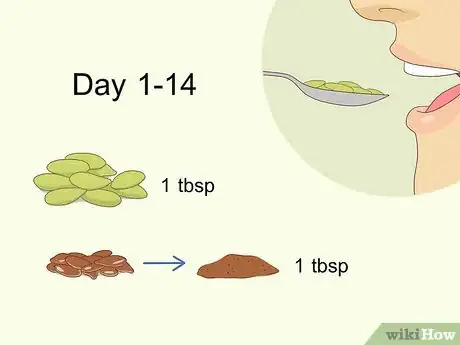
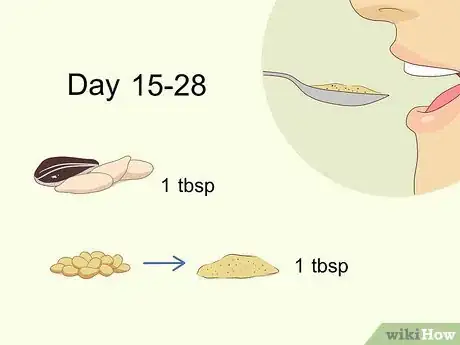
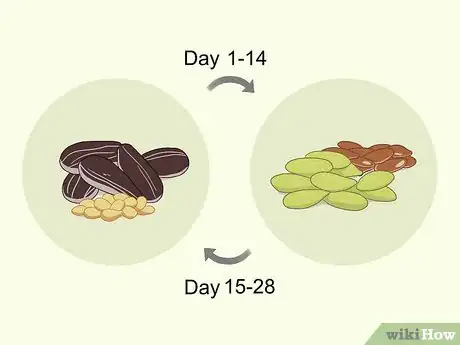
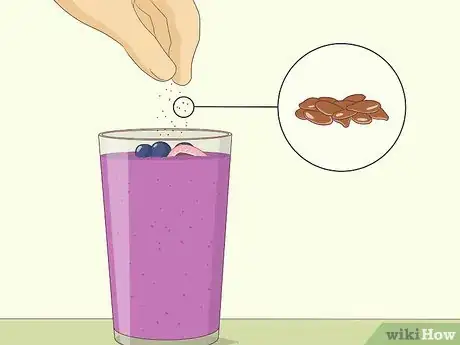
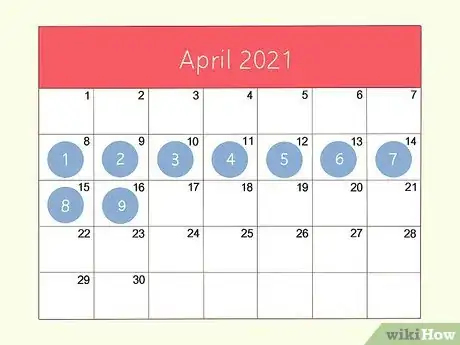

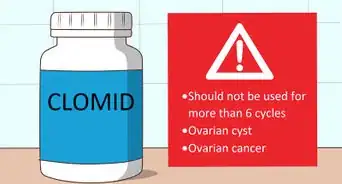
















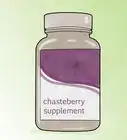




































Medical Disclaimer
The content of this article is not intended to be a substitute for professional medical advice, examination, diagnosis, or treatment. You should always contact your doctor or other qualified healthcare professional before starting, changing, or stopping any kind of health treatment.
Read More...